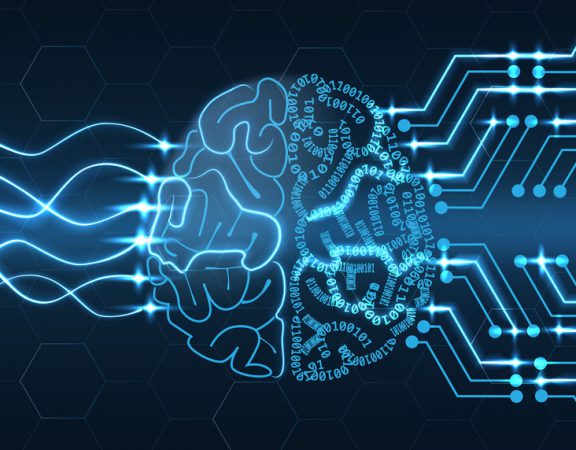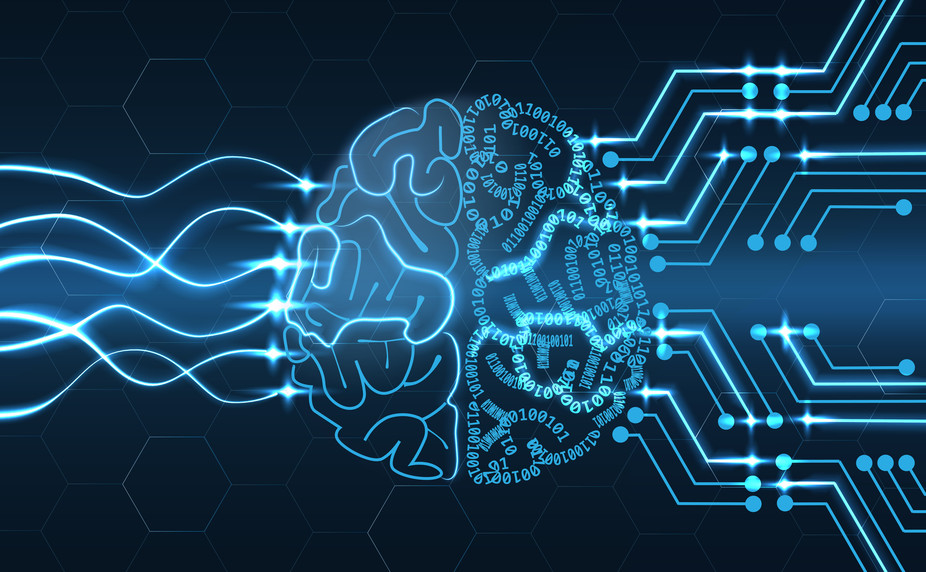

A.I.: please, behave
At OpenAI, the artificial intelligence lab founded by Tesla’s chief executive, Elon Musk, machines are teaching themselves to behave like humans. But sometimes, this goes wrong.
Dario Amodei, and Openai researcher, showed off an autonomous system that taught itself top play Coast Runners, an old boat racing video game. The winner is the boat whit the most points that also crosses the finish line. The result was extraordinary: The boat was far too interested in scoring points. Rather tan trying to finish the race; it drove in circles, colliding with other vessels and repeatedly catching fire.
Mr Amodei’s burning boat demonstrated the risks of the artificial intelligence techniques that are rapidly remaking the tech world. Researchers are building machines that can learn tasks largely on their own.

This is how Google’s Deepmind lab created a system that could beat the world’s best player at the ancient game of Go. But as these machines train themselves through hours of data analysis, they may also find their way to unexpected, unwanted behaviour.
The researchers now have a way of showing the autonomous system that it needs to move toward the finishing line while also winning points in Coast Runners. Many artificial intelligence (A.I.) specialists believe a technique called reinforcement learning, which consist of a way for machines to learn specific tasks through extreme trial and error. This technique could be a primary path to artificial intelligence.
Mr. Amodei and Mr. Christiano are working to build reinforcement learning algorithms that accept human guidance along the way. This can ensure that the system don’t stray from other tasks at hand. They are also working to ensure that hackers can’t exploit hidden holes in theses systems. Google’s Ian Goodfellow, for example, is exploring ways that hackers could fool A.I. systems into seeing things that aren’t there. Simply by making a few marks on your face, you can fool a camera into believing you’re someone else.
Source: The New York Times


